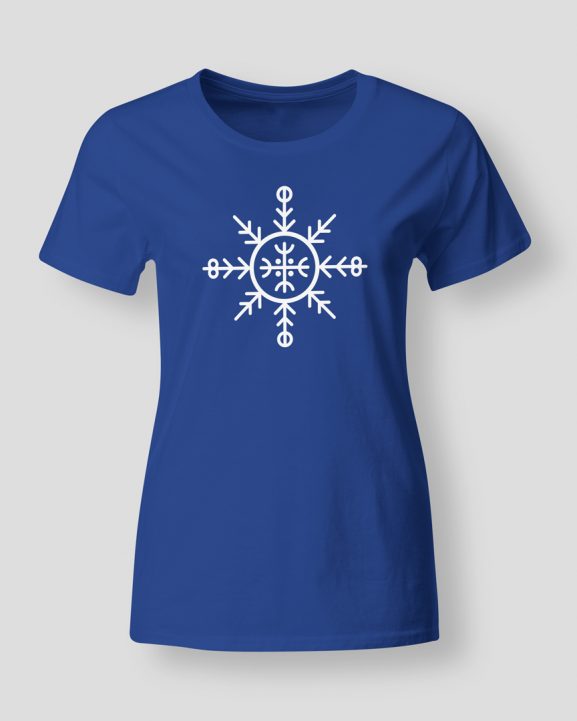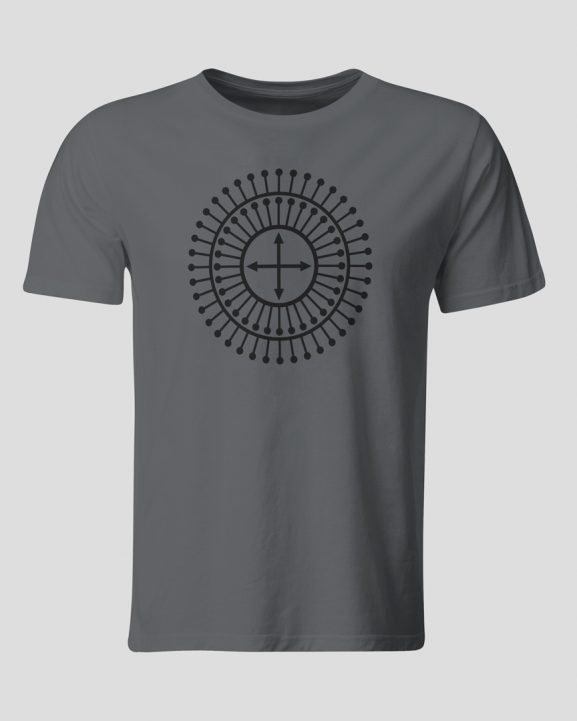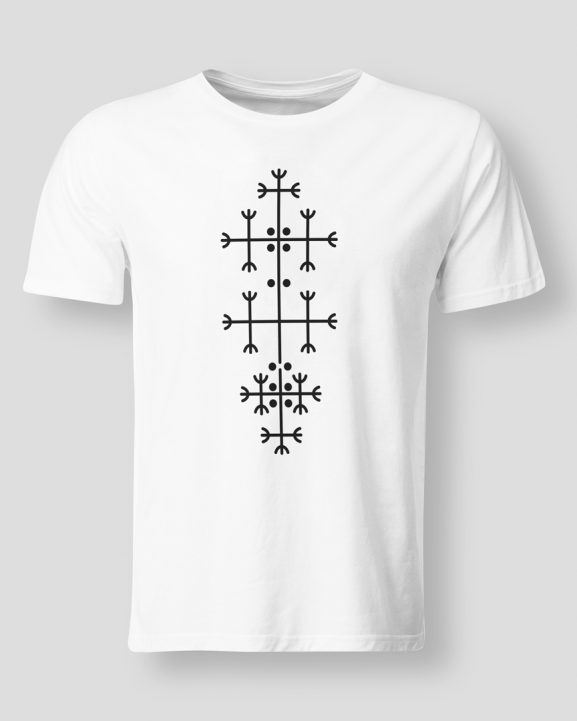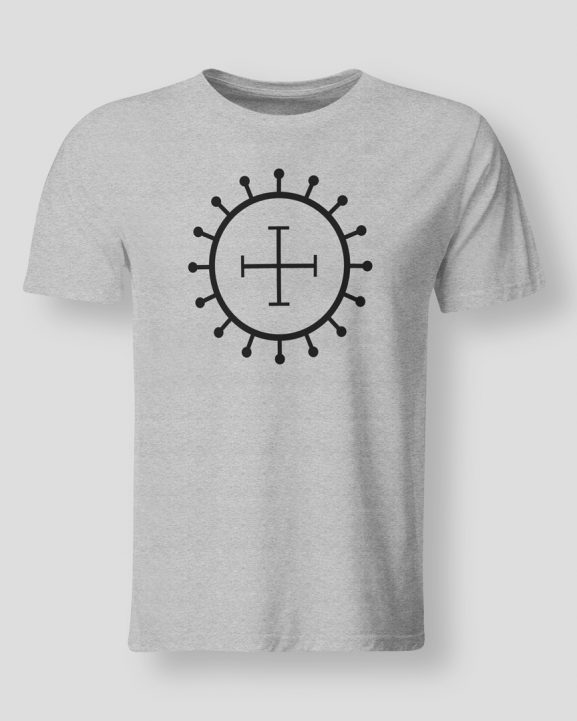 Premium Cotton Ladies’ T-Shirt
Premium Cotton Ladies’ T-Shirt
Description
- 185 g/m² (White: 180 g/m²)
- 100% Cotton (jersey), ring-spun, preshrunk
- Sport Grey: 90% Cotton, 10% Polyester
- No top stitching
- Taped neck and shoulders
- Twin needle sleeve and bottom hems
- Side seam construction with stylish tapered fit
- Tear away label.
Printing technique: DTG/DTF digital print
Caution: the size of a printed image is approximate, i.e. it depends on the size of a t-shirt
HERE you can check t-shirts size chart with detailed dimensions.


























